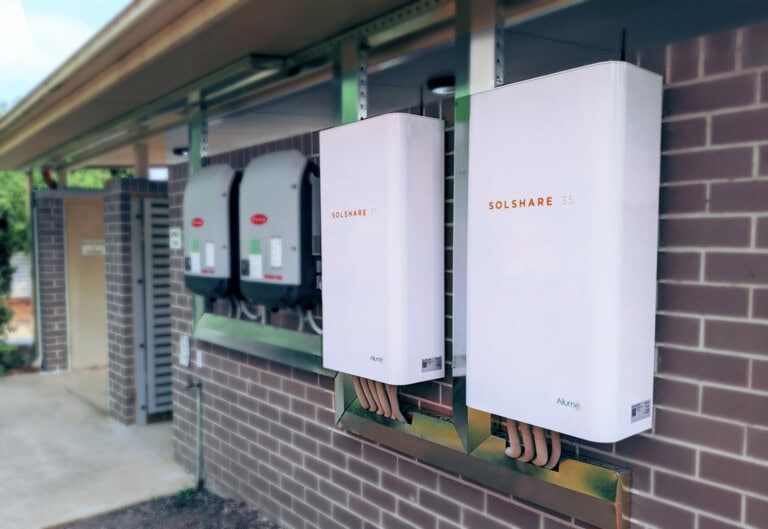Energy procurement platform with a distributed energy network

Problem Addressed
There remains significant ‘untapped potential’ for generating solar energy in the commercial and industrial built environment. Many complexities and hurdles in the energy procurement workflow contribute to this including feasibility studies, grid constraints, contractual and financial friction, procurement and installation, operations and maintenance, settlement and energy sale.
Case Study
InRange partnered with The Range, a UK retailer with over 200 stores nationwide, to utilise millions of square feet of warehouse rooftops for solar power generation in an effort to reduce its operational carbon emissions. The installations were up-sized to generate the most power possible with the surplus generation distributed via the InRange network. Utilising their repeatable contracting processes, InRange was able to save both time and money by accelerating the approval process across a wide range of sites and landlords. The first Range site began generating electrons within only 8 months, and The Range anticipates electricity bill reductions of at least 25% via the initiative.
Additionally, InRange has partnered with Iron Mountain Data Centers to deliver megawatts of low-cost and carbon-free electricity to its London data center. Since data centers are anticipated to be 5% of all UK energy demand, connecting them with the surplus energy generated from nearby rooftop solar arrays can help them lower electricity costs and reduce the emissions associated with operating their facilities. The agreement between InRange and Iron Mountain Data Centers includes the supply of 5 MW of electricity which will be sourced from local commercial and industrial building rooftops.
Facts and Figures
This page presents data, evidence, and solutions that are provided by our partners and members and should therefore not be attributed to UKGBC. While we showcase these solutions for inspiration, to build consensus, and create momentum for climate action, UKGBC does not offer commercial endorsement of individual solutions. If you would like to quote something from this page, or more information, please contact our Communications team at media@ukgbc.org.
Related members
Related
Sharing rooftop solar to apartments

Bespoke Building-Integrated Photovoltaics

System for intelligent home management and renewable energy

Building integrated PV modules

